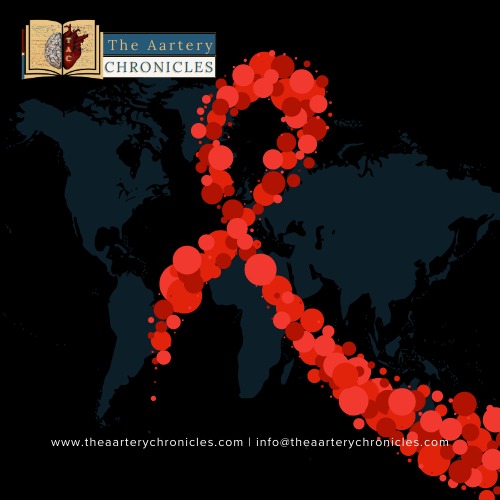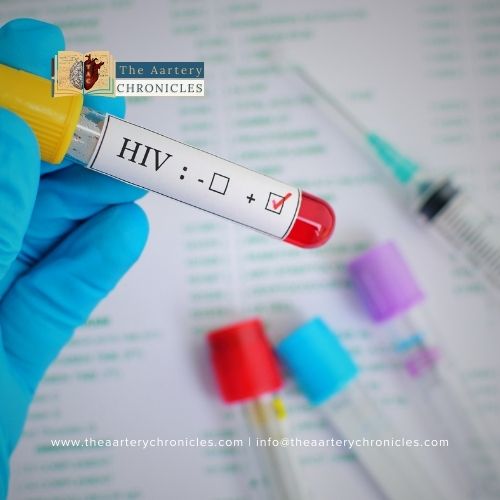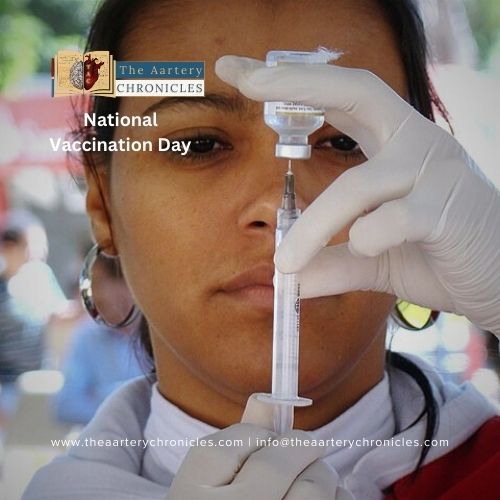
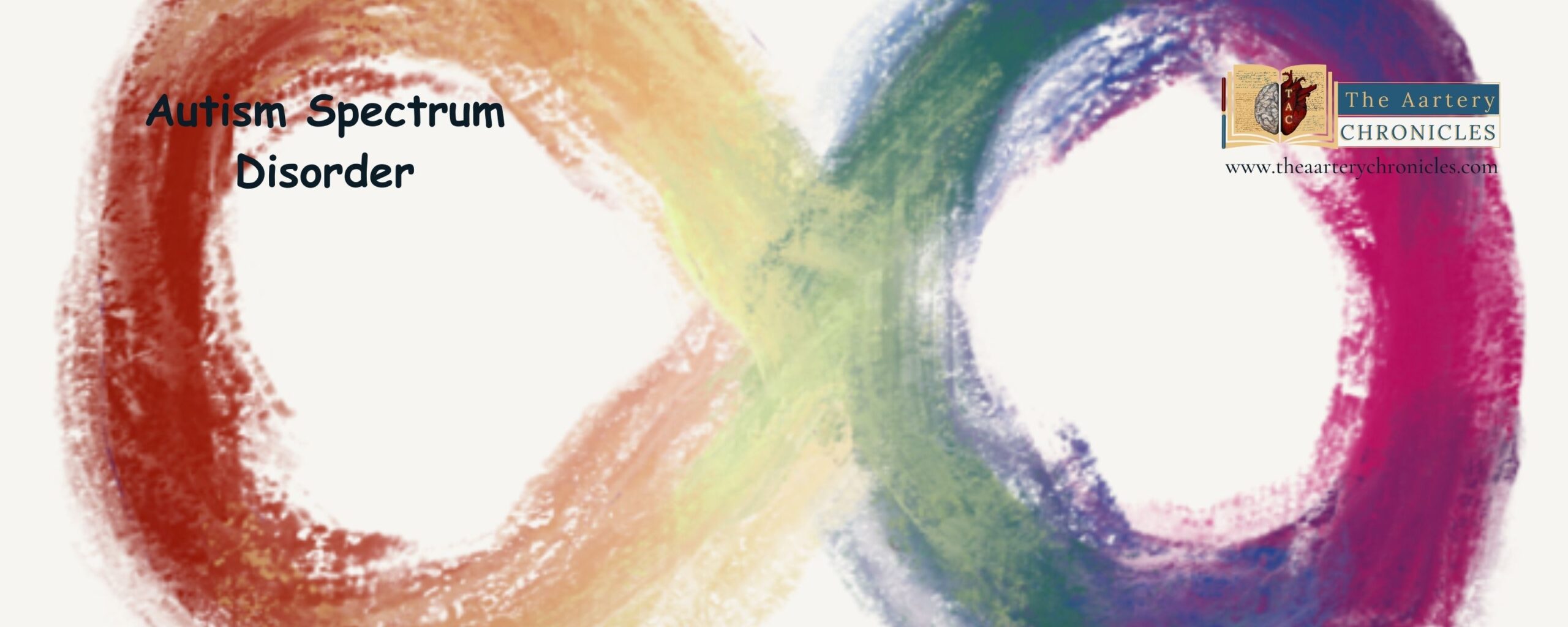
Understanding Autism Spectrum Disorder (ASD): Signs, Risk Factors, and Holistic Treatment Approaches
What is Autism or Autism Spectrum Disorder (ASD)?
Autism Spectrum Disorder (ASD) is a neurodevelopmental condition affecting perception, socialization, and communication skills. Recognized as a spectrum disorder, ASD spans a diverse range of symptoms and severity levels, making each individual’s experience unique. Autism is a lifelong condition characterized by challenges with speech, repetitive behaviors, social skills, and obsessive interests.
Individuals with autism struggle to comprehend the thoughts and feelings of others, which makes it difficult for them to express themselves. This article explores the multifaceted aspects of ASD, covering its signs, risk factors, diagnosis, and various treatment options.
Did you Know approximately 1 out of every 100 children is affected by Autism?
What are the Risk Factors and causes for Developing ASD?
There are a few factors that may put one at risk for developing ASD, some of them may include:
- Complications during birth
- Being the child of elderly parents
- Having a sibling suffering from ASD
- Issues such as extreme prematurity (< 26 weeks), low weight at the time of birth, twins, triplets etc.
- Pregnancies with a gap of less than one year
- Foetus getting exposed to medications such as thalidomide and valproic acid
- Environmental and heavy metal exposure
- Related Health Issues such as congenital rubella syndrome and untreated phenylketonuria
Genetic factors may play a crucial role in causation:
Genetic factors are pivotal in the development of Autism Spectrum Disorder (ASD).
- The risk escalates due to genetic mutations or specific conditions such as fragile X and tuberous sclerosis.
- Additionally, a family history of autism in parents, siblings, or grandparents can contribute to an increased susceptibility.
Understanding these genetic influences is essential for a comprehensive grasp of ASD etiology.
"Autism is not a processing error. It's a different operating system."
John Elder Robison, Author and Autism Advocate
Signs and symptoms of Autism Spectrum Disorder (ASD):
ASD symptoms typically first appear between the ages of 12 and 24 months, though some children may exhibit symptoms early.
Every autistic individual has a different pattern of behavior and severity. While one child may struggle with learning, the other may be bright but have difficulty speaking.
Common communication issues include:
- Difficulty understanding languages and Gestures
- Inability to comprehend facial expressions, voice tone, and eye contact
- Challenges in expressing and emoting
- Experiencing overwhelming feelings in social settings
- Unable to recognize one’s own emotions
Repetitive and restrictive behavioral symptoms:
- Repetitive body motions such as pacing back and forth, flapping, and other self-stimulatory actions.
- Resistance to change and adherence to a constant routine such as daily schedule, menu of the meal, attire, etc.
- Extreme or no interest at all in certain topics
- Intensely gazing at rotating lights and objects
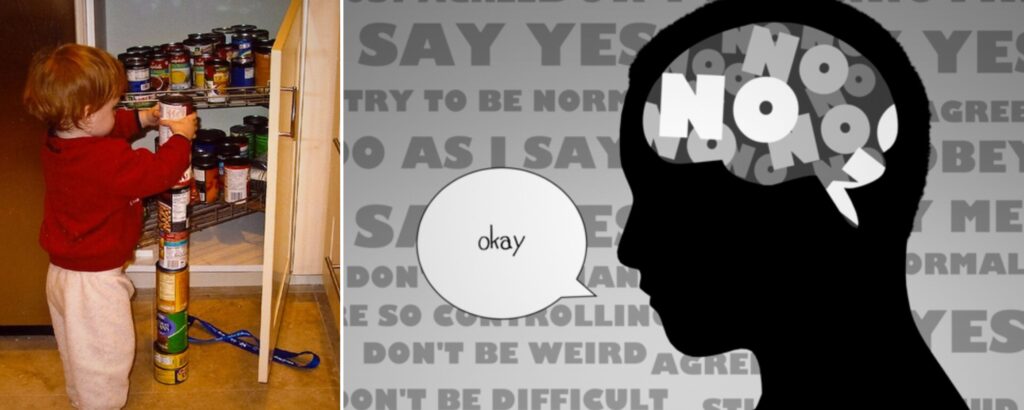
Other Signs and Symptoms
- Gastrointestinal disorders
- Mood swings
- Anxiety and stress
- Overeating and irregular sleeping habits
- Impulsive and hyperactive behaviour
- Slower learning and cognitive skills
ASD patients may have all or no symptoms at all as ASD affects everyone differently. Understanding this variability is crucial in recognizing and addressing the diverse manifestations of ASD.
Diagnosis and Treatment Options for ASD
Healthcare providers typically assess the behavior and development of children to diagnose Autism Spectrum Disorder (ASD). The diagnosis can be made at 18 months or younger, with the reliability increasing by age 2. However, some individuals may not be diagnosed until much later in life.
Individualized Therapies:
The best therapies and interventions for each individual with autism spectrum disorder (ASD) have to be different because of the varied range of symptoms and diseases. Various treatment choices can help minimize symptoms and maximize abilities.
Pharmacological Treatments:
Pharmacological treatments may also be used to manage symptoms however, there are no medications available that would treat the disease to the core. The focus remains on holistic approaches to improve overall functioning and quality of life.
Interventions that may help with behavioral symptoms:
- Training for social skills: Focuses on enhancing social interactions and communication abilities.
- Physical therapy: Incorporates physical activities to address motor coordination and sensory integration challenges.
- Applied behavioral analysis (ABA): A systematic approach to modifying behaviors by breaking them down into manageable components.
- Cognitive behavioral therapy (CBT): Targets thought patterns and behaviors, aiding individuals in managing challenges and promoting positive outcomes.
- Joint Attention Therapy: Aims to improve shared focus and engagement in social activities.
" Physiotherapy plays a crucial role in enhancing the quality of life for autistic children. It focuses on refining motor skills, including fine movements of the fingers. Through regular stretching and muscle strengthening, physiotherapy improves gross movements like walking, sitting, and standing. Additionally, it enhances higher motor skills such as playing with ball skills, skipping, riding, balancing, and hopping. Moreover, physiotherapy aids in correcting the child's posture, significantly reducing the likelihood of sudden falls. Overall, it serves as a valuable support in fostering physical development and well-being in children with autism.."
Dr. Vikrant Rojwal, MPT, Meerut, Uttar Pradesh, India
Educational Interventions involve:
- Indulging in school-oriented therapies: Involves tailored approaches within educational settings to support learning and social development.
- Occupational therapies: Focuses on developing skills for daily living, and improving independence.
- Language and speech therapy: Targets communication challenges, enhancing verbal and nonverbal expression
Other practices such as mindfulness, special diets, arts, herbal supplements, animal therapy (interaction with animals), and relaxation therapies can also be beneficial.
Conclusion:
A variety of treatment options and therapies exist to minimize ASD symptoms. Research indicates that early intervention services significantly enhance a child’s development. It is crucial to seek services promptly to ensure they reach their full potential. Additionally, factors like maintaining a positive environment, adopting healthy food habits, engaging in arts, and continuous support from family and friends can exert a considerable influence.

Author: Sanika Pande
Medical Reviewer: Dr Aarti Nehra,
MBBS, MMST[IIT-KGP]
- Medicine
- Nutrition And Diet
Lorem ipsum dolor sit amet, consectetur adipiscing elit. Ut elit tellus, luctus nec ullamcorper mattis, pulvinar dapibus leo.








